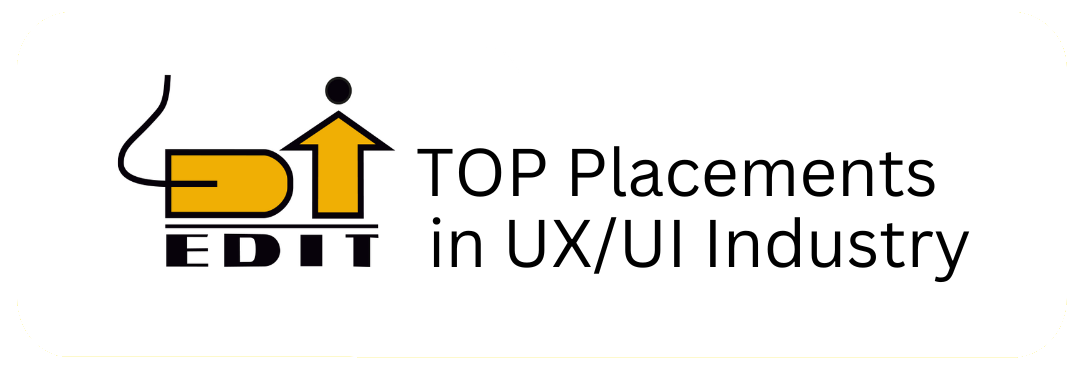UX LENS
News and Tips

Internet of Things (IoT)
The Internet of Things (IoT) is transforming the way we interact with the world by connecting everyday devices to the internet, enabling them to communicate and share data. This interconnected ecosystem presents unique challenges and opportunities for UX designers. In this blog, we will explore the principles of IoT UX design, delve into some compelling statistics, and highlight real-world examples that showcase the potential of IoT UX.
Principles of IoT UX Design
-
-
- Clear and Intuitive Interaction
-
Internet of Things (IOT) devices should prioritise clarity and ease of use. Users must be able to control and interact with connected devices effortlessly. This involves designing interfaces that are easily understandable and enable users to perform desired actions without confusion.
-
-
- Seamless Connectivity
-
A successful IoT UX design ensures seamless connectivity and smooth information exchange between different devices. This interconnectedness is key to providing a cohesive user experience.
-
-
- Physical-Digital Integration
-
Internet of Things (IOT) UX design must bridge the gap between the physical and digital worlds. This involves creating interfaces that allow users to interact with digital information in a way that feels natural and intuitive.
-
-
- Context-Aware Design
-
IoT devices often operate in dynamic environments. UX designers need to consider the context in which these devices are used and design interfaces that adapt to different situations and user needs.
Statistics of IoT UX Design
The impact of Internet of Things (IOT) on UX design is significant, and the following IOT Analytics statistics highlight its growing influence:
-
- 67% of companies are now using or actively building a design system for IoT.
- The economic impact of IoT is projected to range from $3.9 trillion to $11.1 trillion by 2025.
- 90% of user interfaces are expected to employ AI to tailor experiences to individual preferences and behaviours by 2024.
- 77% of brands believe customer experience is a key competitive differentiator, with IoT playing a crucial role in enhancing it.
Real-World Examples of IoT UX Design
-
-
- Nest Learning Thermostat
-
The Nest Learning Thermostat is a standout example of IoT UX design. It learns users’ temperature preferences and adjusts settings automatically to optimise energy usage. The interface is simple and intuitive, allowing users to control the thermostat with ease.
-
-
- Philips Hue Lighting System
-
Philips Hue offers a smart lighting system that allows users to control their lights remotely via a mobile app. The system integrates seamlessly with other smart home devices, providing a cohesive and user-friendly experience.
-
-
- Fitbit Fitness Trackers
-
Fitbit devices are designed to provide comprehensive health and fitness tracking. The UX focuses on simplicity and ease of use, with clear visualisations of data and personalised insights powered by AI.
-
-
- Amazon Echo
-
Amazon Echo, powered by Alexa, is a voice-controlled smart speaker that can control various Internet of Things (IOT) devices. Its UX design emphasises voice interaction, making it easy for users to manage their smart home devices hands-free.
-
-
- Smart Home Security Systems
-
Smart home security systems, such as those offered by Ring and Arlo, provide real-time monitoring and alerts. The UX design ensures that users can easily access and control their security systems through mobile apps, enhancing safety and convenience.
Conclusion
Designing for the Internet of Things presents unique challenges, but also offers exciting opportunities for innovation. By prioritising clear and intuitive interactions, seamless connectivity, physical-digital integration, and context-aware design, UX designers can create user-centric IoT experiences. As the statistics show, the adoption of Internet of Things (IOT) is on the rise, and its impact on UX design is only expected to grow in the coming years.
Placement of the week

Tanmay Pardule - BSc. IT
I highly recommend this course to BSc IT/CS students to learn the essential steps before developing applications and websites. It’s worth the investment as it offers valuable insights. EDIT team is supportive and the course content, especially UX Design, is beneficial. The assistance provided with interviews and placement offers is excellent. The weekend lectures provide real-world industry experience. The faculty was brilliant and continues to support us. The study material is useful for project completion.
